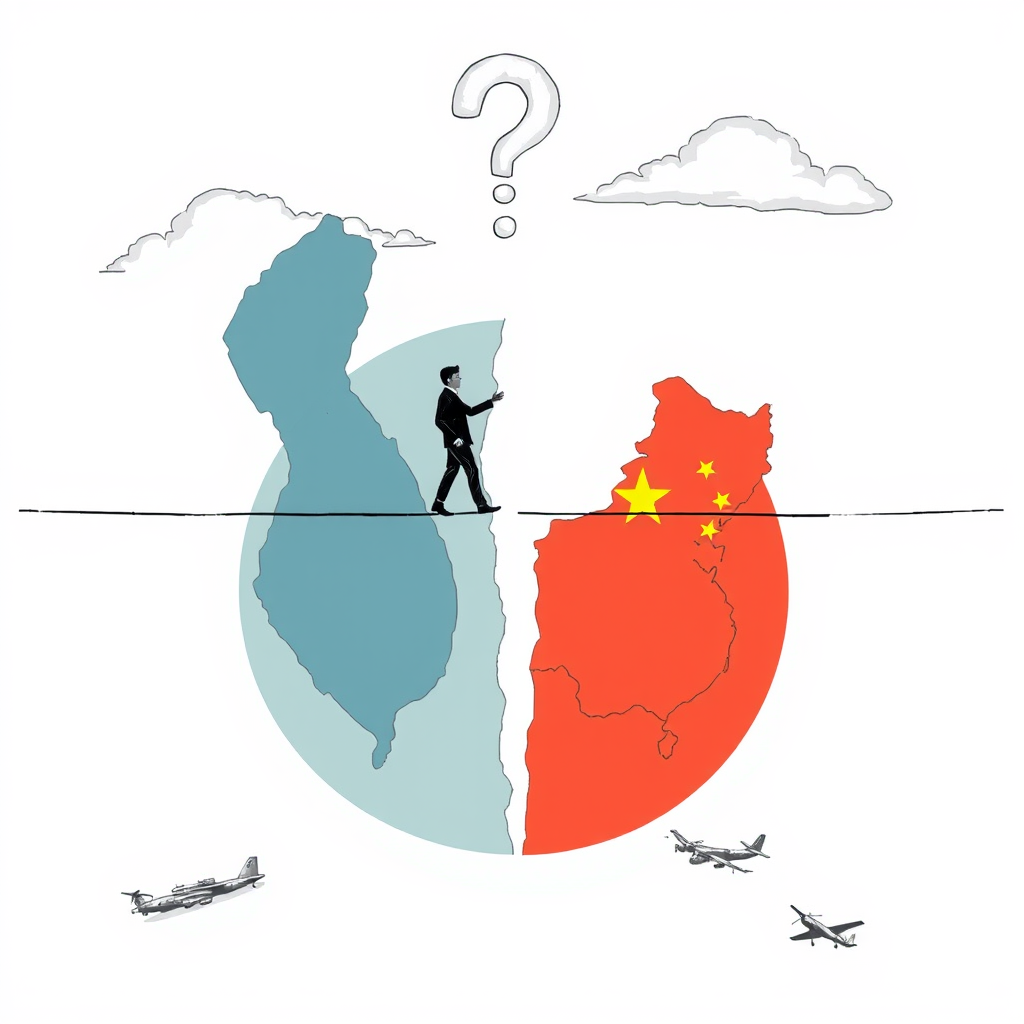Taiwan-China Tensions Soar: What’s Driving the Crisis?

Tensions across the Taiwan Strait are rapidly escalating, fueled by a complex interplay of political maneuvering in Taipei and Beijing, and the unpredictable foreign policy of the renewed Trump administration. Since the inaugurations of Taiwan’s President William Lai and U.S. President Donald Trump, both sides have engaged in a carefully calibrated, yet increasingly assertive, dance of signals and counter-signals.
Lai, initially cautious to avoid provoking Beijing, has adopted a more forceful stance in recent weeks, largely due to domestic political pressures stemming from his party’s lack of a parliamentary majority and uncertainty regarding continued U.S. support. He recently outlined 17 proposals to bolster Taiwan’s defenses against Chinese infiltration and coercion, a move immediately met with 18 rebuttals from Chinese state media. This was followed by increasingly overt displays of military power, including propaganda videos simulating a blockade and naval exercises mimicking an assault on the island, demonstrating a clear willingness to escalate pressure.
Beijing’s actions are, in part, a response to Lai’s hardening rhetoric, but also a calculated attempt to gauge the boundaries of U.S. resolve under Trump. The critical unknown is Trump’s true stance on Taiwan. While he’s surrounded himself with China hawks, his history suggests a willingness to prioritize economic interests and a skepticism of long-term alliances. This creates a dangerous ambiguity for Taipei, which is simultaneously seeking economic concessions from Washington – proposing a reciprocal zero-tariff regime and increased investment – and bracing for potential tariff pressures.
The situation is further complicated by the potential for miscalculation. The breakdown in communication channels between Washington and Beijing raises the specter of an accidental escalation, where a minor incident could spiral into a full-blown military crisis. While a full-scale invasion of Taiwan remains a risky proposition for China, given its economic vulnerabilities and the potential for U.S. intervention, the more likely scenario is a series of incremental escalations designed to test U.S. resolve and probe Trump’s responses.
This strategy, while seemingly less dramatic than an invasion, is arguably more dangerous. It creates a constant state of tension and increases the risk of a misstep that neither side intends. The current dynamic feels particularly precarious, as both China and Taiwan appear to be waiting for a clearer signal from Washington, while simultaneously engaging in actions that could easily be misinterpreted. The world is watching, hoping that cooler heads prevail and that a delicate balance can be maintained before a crisis erupts. It’s a high-stakes game of brinkmanship with potentially catastrophic consequences, and the lack of clear communication only amplifies the danger.